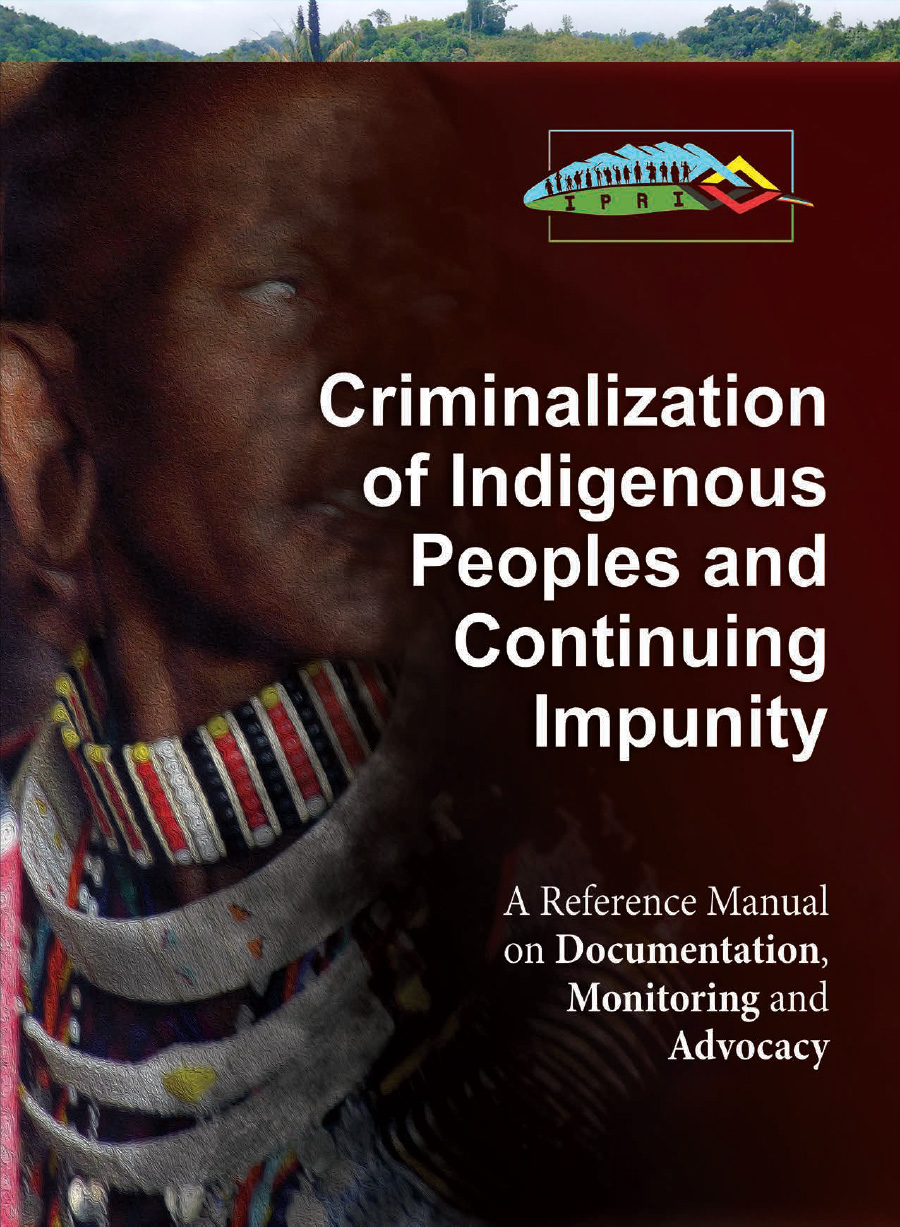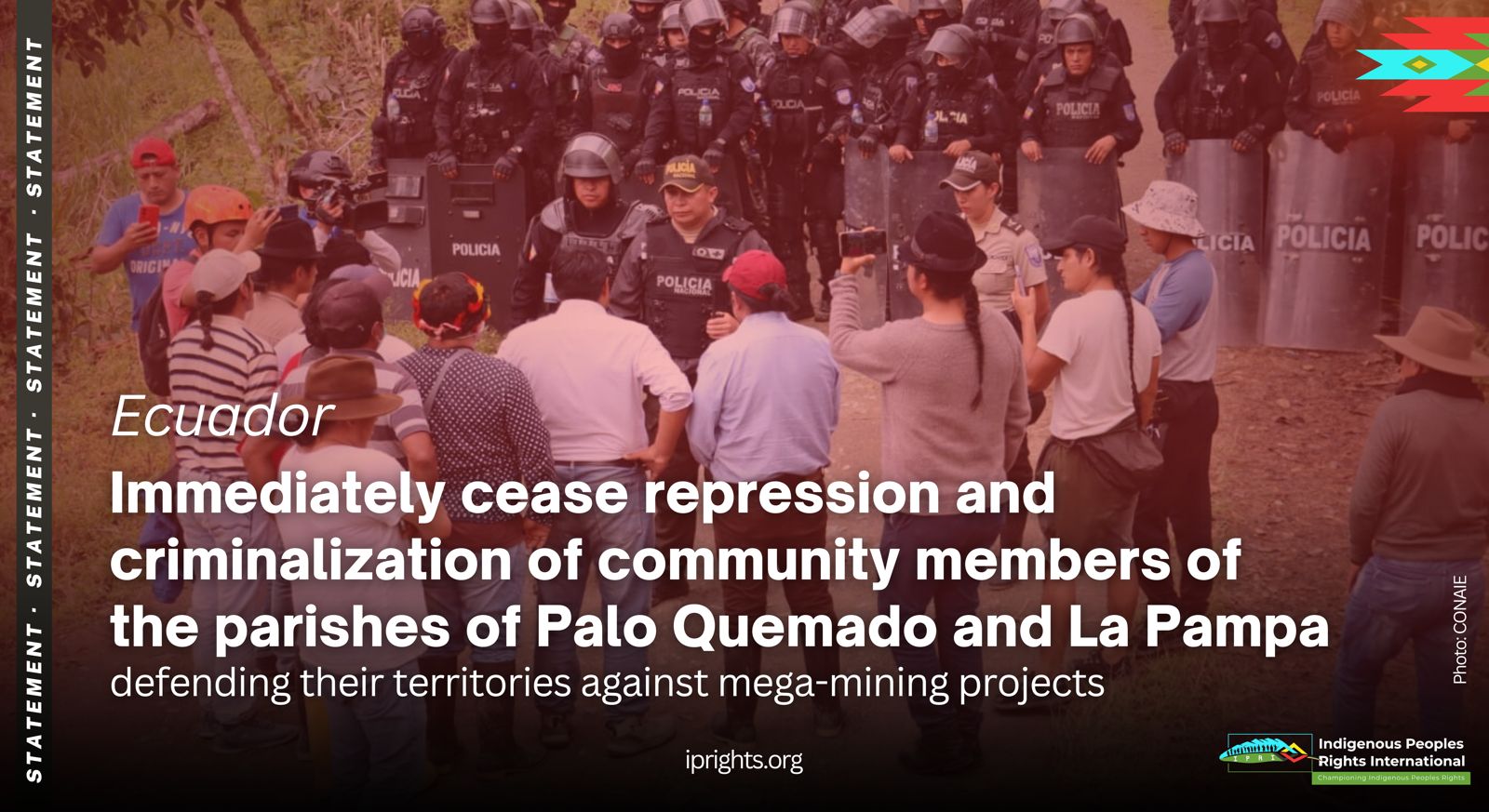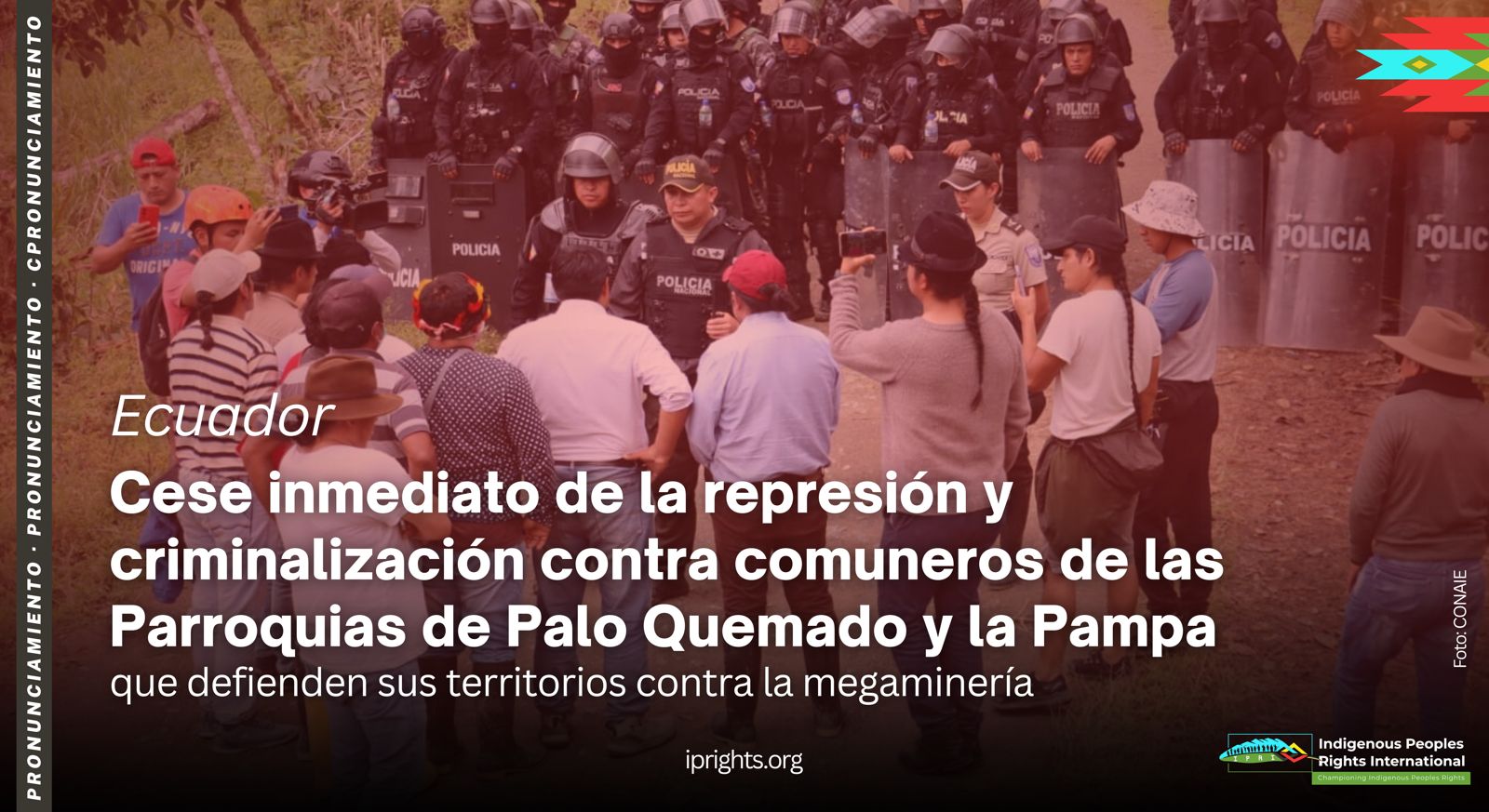The United Nations (UN) reports that “despite all the positive developments in international human rights standard-setting, Indigenous Peoples continue to face serious human rights abuses on a day-to-day basis.” This is concurred by former UN Special Rapporteur on the Rights of Indigenous Peoples (UNSRRIP) Victoria Tauli-Corpuz who expressed concern on the drastic increase in attacks and acts of violence against, criminalization of and threats aimed at Indigenous Peoples, particularly those arising in the context of large-scale projects.
THE OBJECTIVES AND CONTENTS OF THE MANUAL
This manual was developed to respond to the increasing need of Indigenous Peoples to amplify their work and advocacy on access to justice at the regional and international level. Specifically, this manual aims to help Indigenous Peoples’ organizations and communities to:
- Raise Indigenous Peoples’ awareness in relation to the respect, recognition and protection of their rights, and on related mechanisms at the global and regional levels for access to justice that they can avail of in cases of criminalization of Indigenous Peoples and violation of their rights;
- Equip Indigenous Peoples, advocates and organizations with basic skills in monitoring, documentation, and reporting of cases of human and collective rights violations, criminalization and related issues;
- Develop and strengthen the skills of Indigenous Peoples in advocating for their rights in both formal and informal platforms especially at the regional and global levels.
The Manual has three parts. The first is an introduction of Indigenous Peoples and their rights, and a brief summary and overview of the Indigenous Peoples’ economic and social conditions and how their rights are addressed globally. It also maps out the different international and regional human rights instruments that articulate Indigenous Peoples’ rights and provides an introductory review on what criminalization means for Indigenous Peoples. This part of the Manual provides the impetus for the discussion on Indigenous Peoples’ rights in the context of criminalization.
The second part of the Manual aims to share basic skills and provide practical guide on monitoring, documentation and reporting of criminalization of Indigenous Peoples and prevailing impunity. The third part maps out redress mechanisms and advocacy strategies and opportunities for Indigenous Peoples in the regional and international levels. It also provides actual case examples and easy instructions to guide Indigenous Peoples in their advocacy. The Manual also provides additional materials for further references.





